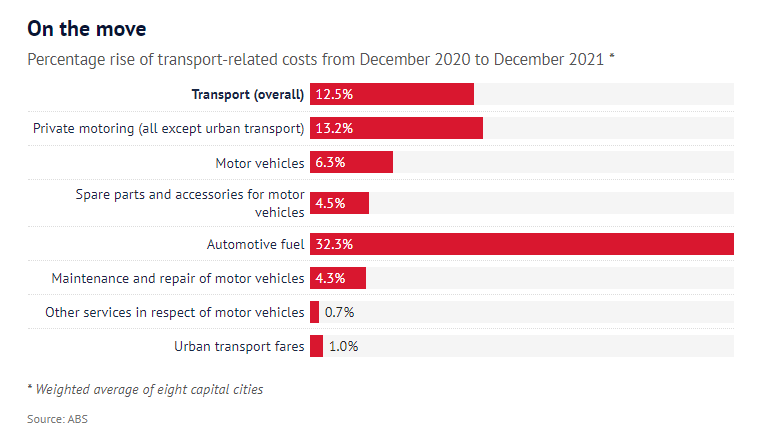Australians continue to shun bosses’ demands to return to the office, with occupancy rates across the major city still a fraction of pre-pandemic levels:
Melbourne office occupancy remains flat at about 36 per cent, Property Council of Australia data shows. But it plummets to just 19 per cent on Mondays and Fridays and peaks at 42 per cent on Wednesdays.
The levels are not much higher in other states with Canberra flat at 39 per cent, Sydney flat at 42 per cent, Perth averaging 50 per cent and Brisbane at 51 per cent…
It comes amid growing COVID-19 cases, warnings of a horror flu season and calls from some quarters to entrench the benefits of working from home…
[ANZ CEO Shane] Elliott revealed about 20 per cent of ANZ staff have not come back into the office at all since March. He says about a third of his staff was in one of their offices each weekday, which he worries is still too low…
Daily occupancy rates at NAB’s Sydney and Melbourne offices are about 30 per cent…
Commonwealth Bank’s office staffing levels are now about 50 per cent of pre-COVID-19 levels and steadily increasing…
The majority of full-time office workers are most likely there reluctantly, with more than half saying they would prefer to work flexibly at least part of the time, according to recent research from the Future Forum, a consortium that includes Slack and the Boston Consulting Group.
It remains to be seen whether resignation rates will skyrocket if employers roll back the flexibility they have given to staff over the past two years.
Recent data from Fairfax showed that workers could face thousands of dollars of additional costs if forced to return to the office:

A separate report from academics from the Universities of Sydney, South Australia, and Western Australia revealed that working from home unlocked $5.6 billion in savings from travel time costs in Sydney alone:
“The $5.6 billion reduction in travel time costs represents a 54 per cent reduction in pre-COVID-19 total time costs of $10.3 billion, much of which we would suggest can be associated with congestion costs”…
Therefore, forcing workers back to the office is equivalent of cutting their take home pay.
My strong view is that returning to the office should be optional for workers, subject to them performing their role adequately from home.
Multiple surveys (for example here, here and here) has shown that Australian employees want to continue working from home (WFH) for at least part of the working week. This preference is driven primarily by the time and cost savings from not having to commute into work, as well as the flexibility WFH offers.
The argument that workers need to return to CBD offices to support city businesses is also myopic.
While these CBD businesses have indeed suffered from WFH, suburban businesses closer to people’s homes are benefiting immensely as economic activity is redirected to them. Therefore, WFH represents a transfer of economic activity, not lost activity.
The welfare of both workers and suburban businesses must be taken into account.

